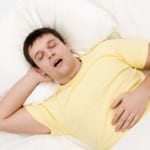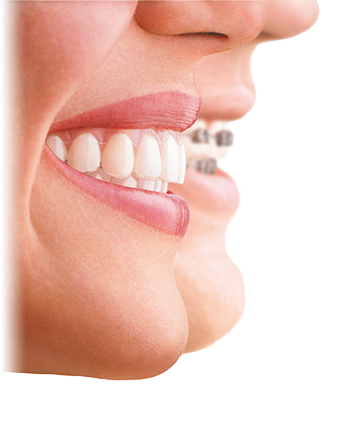 If you struggle with breathing difficulties while you sleep, you may have sleep apnoea. This sleep disorder can prevent you and those around from enjoying a good night’s sleep, but help is at hand. Here are some tips to help you recognise the signs and symptoms of sleep apnoea and some treatment options you may wish to consider:
If you struggle with breathing difficulties while you sleep, you may have sleep apnoea. This sleep disorder can prevent you and those around from enjoying a good night’s sleep, but help is at hand. Here are some tips to help you recognise the signs and symptoms of sleep apnoea and some treatment options you may wish to consider:
Spotting the signs of sleep apnoea
Sleep apnoea is a disorder that affects your ability to breathe normally when you sleep. It is causes you to become short of breath and results from the airway becoming obstructed. The airway becomes blocked because the muscles in the throat relax. Apnoea is diagnosed when the airway is blocked for 10 seconds or longer.
Sometimes, the symptoms of sleep apnoea are difficult to notice and in many cases they may be spotted by your partner. The most common signs of sleep apnoea include:
- gasping for breath
- snoring (often loudly)
- breathing very heavily
- interrupted breathing
You may also find that you wake up regularly during the night and you feel tired in the daytime. It’s common for those with sleep apnoea to suffer from tiredness during the day and to wake up feeling like they haven’t had a good night’s sleep. Sleep apnoea may also contribute to a heightened risk of complications including depression, loss of libido, loss of memory and difficulty with concentration.
In severe cases, sleep apnoea can be fatal and it requires treatment. If you think you may have sleep apnoea, you should arrange to see your GP or your dentist.
Treating sleep apnoea
In minor cases of sleep apnoea, you can often reduce or even eliminate symptoms by making lifestyle changes. The main risk factors for sleep apnoea are drinking alcohol, smoking and being overweight. Losing weight by adopting a healthy diet and exercising, avoid alcohol in the evenings and quitting smoking can all make a massive difference to overall health, a swell as sleep apnoea symptoms. We can also provide mandibular advancement devices, which are appliances that keep the airway open by moving the lower jaw forward slightly.
Tags: Sleep apnoea, Sleep apnoea Central Leeds, Sleep apnoea Leeds, Sleep apnoea treatment City of Leeds







